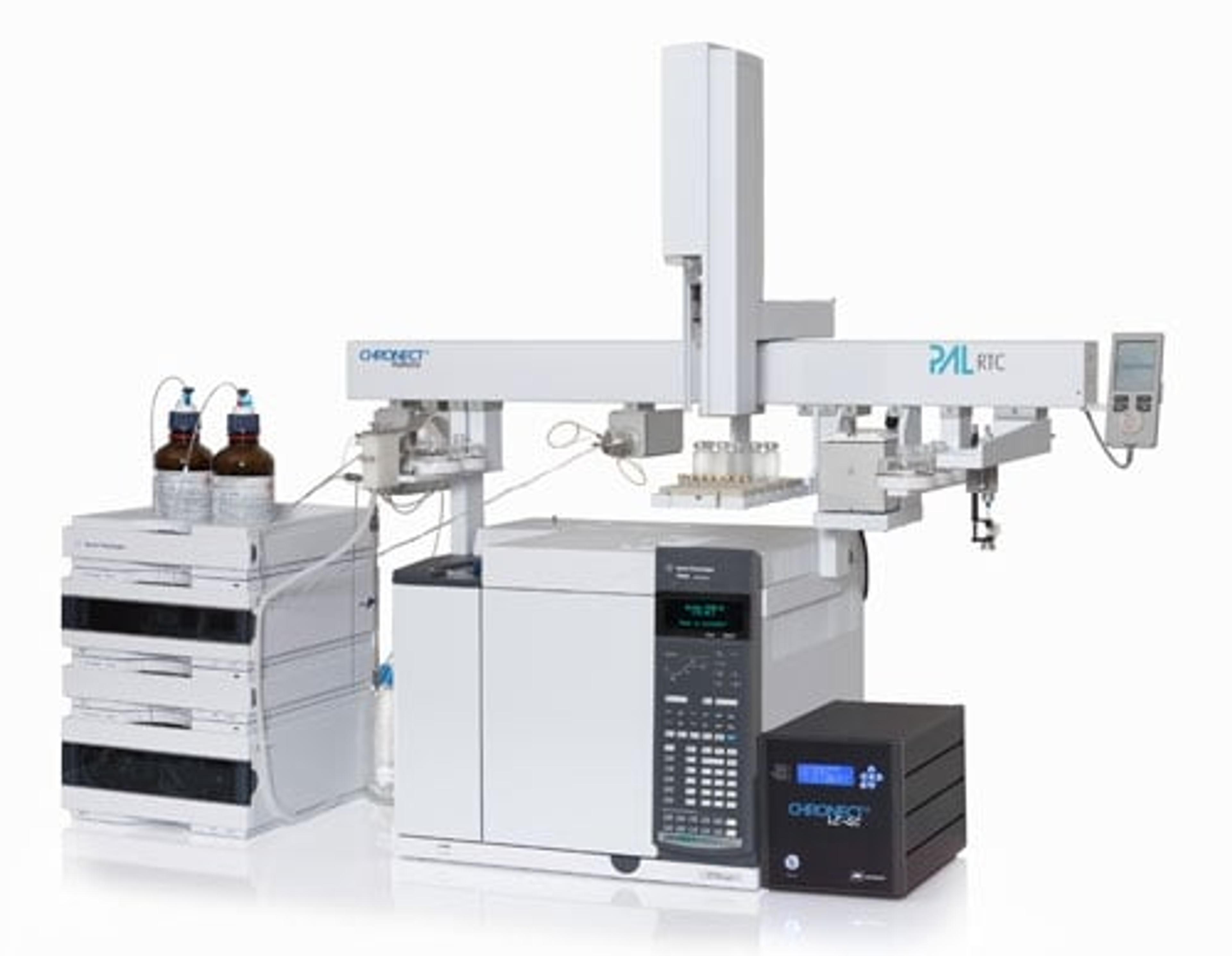Discover a LC-GC System for Online Determination of Mineral Oil Contaminants
29 Aug 2017
Foodstuffs are frequently found to contain undesired mineral oil residues, which originate in many cases from the packaging materials. A migration of hydrocarbons into the foodstuffs can occur in particular through the use of printing inks derived from mineral oils. Additionally, lubricants during food processing, wax coatings directly applied to the food, environmental pollution, jute bags, etc. can be sources for contamination.
The LC-GC System MOSH/MOAH is specifically designed for the sensitive and fast detection of mineral oil contaminations. Over the last years, this system has proven its performance in several routine environments in Europe. Due to the LC-GC Interface, a development of Axel Semrau, various LC and GC brands can be coupled. The method is comprehensively published and proven. Also EFSA published in the EFSA Journal 2012 : "Currently, the most effective methods for analysis of MOSH and MOAH in food and feed comprise extraction followend by pre-separation liquid chromatography (HPLC) online coupled to GC with flame ionization detection (FID)."*
Special advantages of the LC-GC-System MOSH/MOAH:
- Simultaneous and fast determination of MOSH and MOAH
- This system allows a determination of MOSH and MOAH in 30 minutes only.
- High level of automation
- Through normal phase HPLC an automated sample preparation and pre-separation is realized. Thereby, MOSH and MOAH fractions are separated from one another and simultaneously from disturbing components like paraffin or wax esters. Standard sample preparation steps as solid phase extraction or manual purification are no longer required.
- Sensitive determination
- High level of reproducibility and accuracy
- Great measuring accuracy, similar to a normal split/splitless injection; the system is fully amenable to DIN EN 16995.
- Routine-capable methods
- A proper coupling of LC and GC reduces solvent consumption and contamination of the GC system. Additionally, it strongly increases the stability of the system. The sample throughput is therefore increased and facilitated by the control through the user-friendly CHRONOS software.
Beside the analysis of MOSH and MOAH in food, cosmetics or packaging, LC-GC coupled systems can be used for the analysis of PAHs, sterols and other analytes.
`*EFSA Journal 2012;10(6):2704, Page 3

